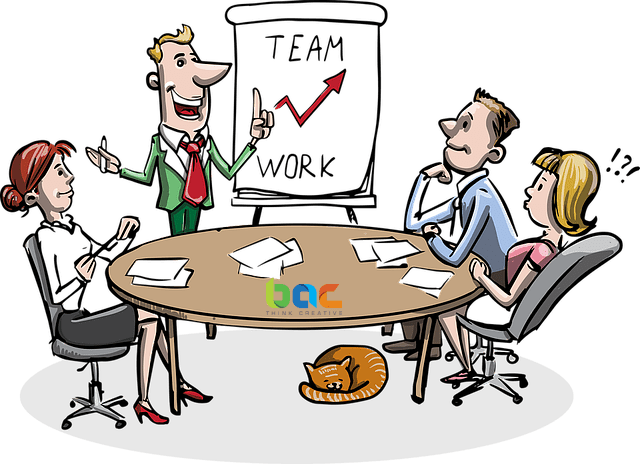Here are six of the most well-known project implementation problems—and how you can stay away from them.
There are numerous reasons why IT project implementations can turn out badly: Lack of planning and management participation, underestimating resources, neglecting to oversee client desires, an excessive amount of customization and tweaking toward the finish of the task, and inadequate testing, to give some examples.
The majority of the above are project implementation problems that can cause issues down the road for you.
Fortunately you can wipe out these problems on the off chance that you remember them early.
Here are six of the most well-known project implementation problems
—and how you can keep away from them.
1: IT doesn’t understand what project implementation is
In my career, I have overseen three different IT departments in three unique enterprises. None of them understood what project implementation was. From an IT angle, a project was regarded finished once all specialized undertaking assignments were confirmed, and the task was introduced. Not really.
The solution: Define and task out project implementation as completely as you task out undertaking arranging, improvement, testing, organizing, and installation.
To appropriately implement a project, you should completely play out the last stage of project acknowledgment and adoption—a stage that won’t successfully complete except if you train users on the new product you developed, support them through deployment, guarantee that end business desires are being acknowledged, and so on.
2: Users don’t like the finished product
Many projects fail because users and IT get together toward the start of a project and characterize necessities, however then IT works autonomously of those users to develop the system. At the point when this occurs, “drift” happens between what IT builds and what users want. This is the place ideas like Agile software development truly help, since users, and IT work connected at the hip all through the project’s lifecycle, which guarantees that the product IT develops stays consistent with what users needed in any case.
You also need to abstain from disclosing a product, which is done in IT’s eyes however absolutely (and unfavorably) surprises end users. There ought to never be any shocks in projects that IT installs for end users.
The solution: Throughout your project, rwhether you use agile or ctraditional waterfall development, constantly communicate and work with end users to guarantee that the project remains in a state of harmony with user expectations.
3: Users can’t use the product
Numerous splendid IT projects fall into disuse because UIs are unfriendly to the point that users simply desert the projects. Designing an effective UI is as significant as doing the application rationale itself.
The solution: Ensure that end UI configuration remains a major focal point of convergence in IT project work, and don’t execute a task without a close down from the users on the UI.
4: Users don’t want the project to end
Changes to project code (except for eliminating bugs) ought to be put on hold amid project implementation. Unfortunately, some users (and IT) proceed to change and upgrade applications during implementation. This makes issues. Why? Since now you have “improvement creep” entering your venture—and there may be a need to retrain users also.
The solution: Implementation is not the time to tweak any apps—except if you are settling mistakes. Once the app is installed, and users get an opportunity to practice it, a future improvement stage can be planned.
5: The product doesn’t work
To meet project deadlines, I have seen IT department throw apps “over the divider” before apps were prepared for generation. Once, I even ran over a subroutine from an outside seller that didn’t aggregate neatly.
There is no excuse for this.
The solution: Before you actualize any project in production , the project ought to be:
- Unit tested;
- Integration tested;
- User tested;
- Regression and stress tested in staging—and only then ported over to production.
6: IT moves on to other things
There are many important projects on IT’s plate, so it’s enticing to disavow one anticipate that you feel is finished and proceed onward. Meanwhile, the users of an as of late put in new undertaking are as yet encountering issues as they figure out how to function with the new app or system.
The solution: Implementation doesn’t end when you move an app or system into creation. For the initial three to about a month and a half of another system, IT should keep on giving elevated dimensions of help and issue goals to clients with the goal that fruitful system reception can be guaranteed.
How useful was this information?
Click on a star to rate it!


